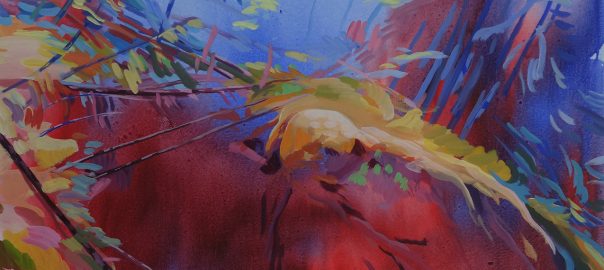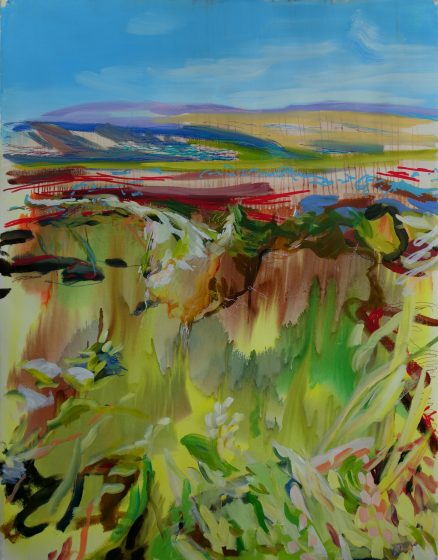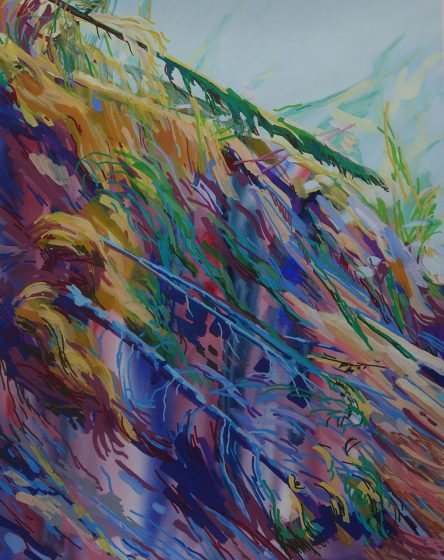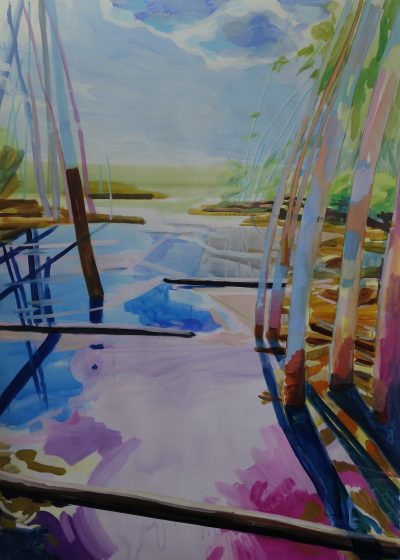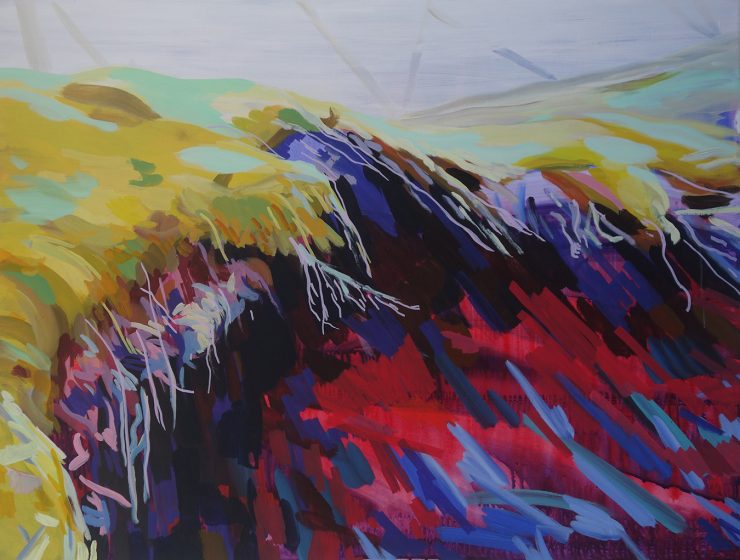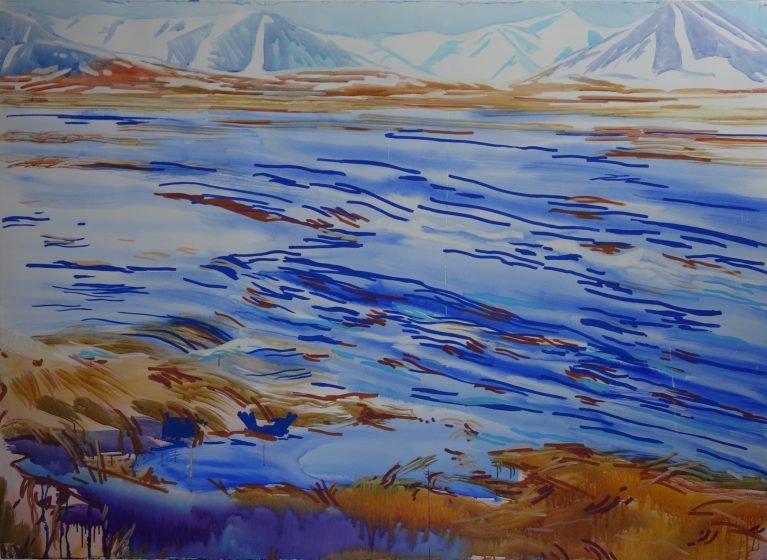Nikki Lindt explores sounds in unexpected places: rumbling in the soil of subways passing; snowflakes crashing to earth; sap flowing. These sounds lead us to perceive and appreciate trees and their environments in new ways, and experience sounds from parts of the environment that don’t typically reach our ears, but which are part of a tree’s essential world.
This is the Gallery Space’s “front door” and we are asking for a voluntary donation to support this exhibit—a tip jar, or pay-what-you-will ticket.
During COVID-19, The Urban Ecological Arts Forum at The Nature of Cities is bringing to life virtual exhibition spaces, highlighting current exhibitions on urban ecological themes that would otherwise be impossible to experience due to the closure of cultural facilities. Your ticket purchase ensures that the artist—and that this online forum—can continue to bring ecological arts to the public. Please donate what you can. 75% of your donation goes to the artist. You can see the show for free too; scroll down. But please consider a donation.
Donate to the artistIntroduction
We think trees are silent, inert even, but we know that they are not. They grow toward and away from stimuli; they communicate via chemicals; they “witness” events, often well beyond the time scales of human lives. Nikki explores sounds in unexpected places: the sounds rumbling in the soil of subways passing and snowflakes crashing to earth; the sound of sap flowing inside tree trunks. These sounds lead us to perceive and appreciate trees and their environments in new ways. We can hear them in new ways and experience sounds from parts of the environment that don’t typically reach our ears, but which are part of a tree’s essential world. These unexpected sounds are evocative and unexpected. They ask us to think differently. As scientists and practitioners, we regularly ask ourselves what nature is telling us. In Nikki’s project, she asks us to contemplate: if the trees speak to us, how will we reply? If we could ask a tree something, expecting a reply, what would we ask?

This Exhibit is a collaboration between the the USDA Forest Service International Programs, the Urban Field Station Collaborative Arts Program, and The Nature of Cities.
Nikki Lindt, born in the Netherlands, is a New York City-based artist working primarily in the mediums of painting, video and (underground) sound. She often works in collaborations, among others with scientists, philosophers and sociologists to examine climate change at the intersection of art, science and culture. MFA from Yale and her BFA from Gerrit Rietveld Academie in Amsterdam.
Nikki Lindt: Listening to Interiors
In 2018, I spent time in the Arctic Circle documenting permafrost thaw. I met with scientists from the Permafrost Lab in Fairbanks, Alaska, who taught me how to read the land to understand what was happening underneath. The landscape is affected in many ways by permafrost thaw. Destabilisation due to thawing of the soil deep underground causes areas of the landscape to collapse. The results of this process can look like enormous sinkholes in the Arctic landscape, which are called Thermokarst Failures. As I explored, sketched and documented these areas, with all my senses keenly aware, I was taken by the strange sounds I heard emerging from these huge gaping holes in the earth.
Since then I have gradually listened-in to and recorded underground in forests closer and closer to home, from the Arctic, to the forests of New Hampshire, to upstate New York all the way to the urban forests and wooded ‘natural areas’ of New York City. Many of the sounds I record are deeply resonant, musical, and can often carry a lot of drama. They travel surprisingly far and often weave through each other, connecting like an endless tapestry of underground sound.
Please wear headphones when listening.
Under a stream bed I hear shifting sand as well as the melodic otherworldly sounds of water carried through the sediment. From within the soil, the dry autumn leaves make a deep rumble as they hit the forest floor. Even a snowflake landing affects its surroundings with a particular thud.
Trees are unusually resonant and carry and transmit sounds through their whole being. This is audible at quite a distance in the soil around them. Inside of trees, I hear sounds of moving liquids, cracking and clanking, a mysterious hum, the wind, rattling branches, and a stream nearby. Within the tree and in the soil of the forest floor my own footsteps resonate like an approaching elephant, hardly audible above ground.
watercolor and acrylic, 2018-2021
In New York City I hear the thundering roar of the subway violently appear inside a tree, earthquake-like, though the subway tunnel is very far below the roots of the tree. I can’t help but wonder; How is the tree experiencing this?
This exploration of the hidden world of sound has created a space for me where I feel excitement and wonder. Listening has also fostered in me an even deeper bond and respect for trees, plants and other natural entities, reminding me that we are all inextricably interconnected and interdependent at this crucial moment in time.
The drive to better understand how we are affecting our landscapes brought me all the way to the Arctic Circle but ultimately I may have learned the most by radically slowing down and listening to the mysterious underground of the vast and varied urban forests and natural areas of NYC.
Please wear headphones when listening.
Reflections
In Nikki’s project, she asks an interdisciplinary and international panel of contributors to contemplate the questions:
If the trees speak to us, how will we reply?
If we could ask a tree something, expecting a reply, what would we ask?
Below are some reflections and meditations on these questions, and how scientists and practitioners respond to Nikki’s work.
Roll over the images below to see the short reflections on the idea of communicating with trees. The “cover art” of the panels are Nikki’s drawings, or her recording equipment.
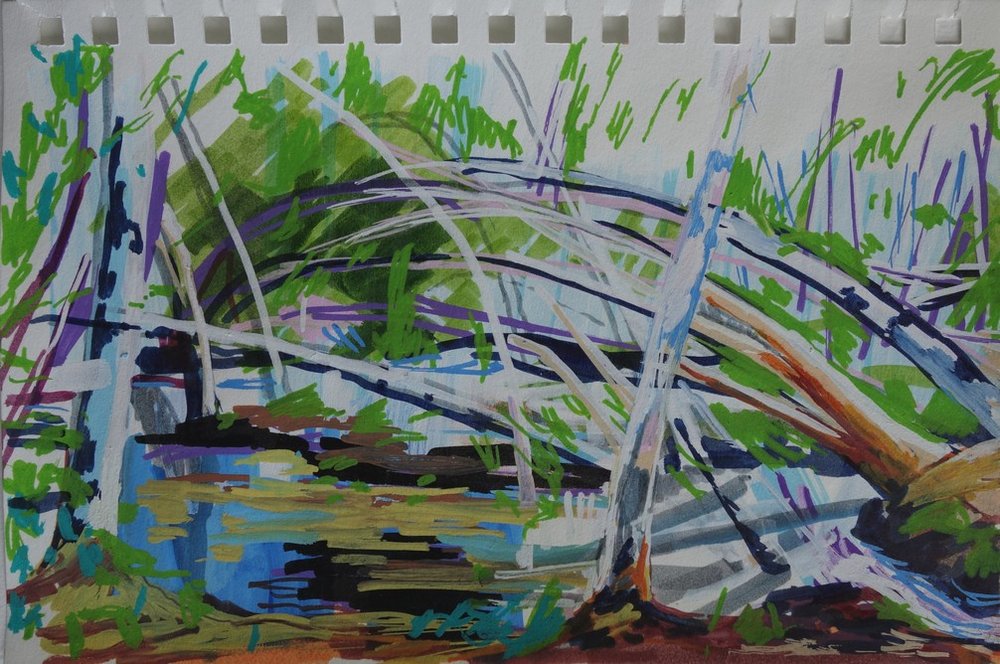
For a short time my partner and I lived in one of the many old villages surrounding Korea’s Mt. Jirisan. In this part of the world, we found that every village has one or more ‘dangsan namu’ guardian trees, where people gather regularly for chat, for prayer, and for ritual. Although I regularly ask questions of trees in my practice, it was here—underneath a 500-year-old zelkova tree—that I began asking the question which the local elders ask their guardian trees: ‘will you look over me and the village, and make sure we don’t lose the wisdom that comes from our relationship with nature?’ If we are going to come up with solutions to our very serious ecological misgivings, this question seems like a good place to start.
— Patrick Lydon, Artist, Daejeon

Do you enjoy when I climb among your branches? Do you enjoy when we notice your long-lived beauty, your wrinkles, your character marks and scars? Thank you for holding so much life within your entire system. It is common for Nature and Forest Therapy (NFT) participants to meet and greet a tree, so Novem’s thoughts about getting to know the tree is so beautiful and respectful of the individual. I have witnessed many powerful messages that have emerged from trees among a variety of NFT participants. Hearing the pulse of these mycelial networks beneath us and wrapped among the trees is so powerful. Imagine what this mycelial network has to share with us if we will only listen.
— Tamberly Conway, Nature and Forest Therapy (ANFT) Certified Guide, Texas
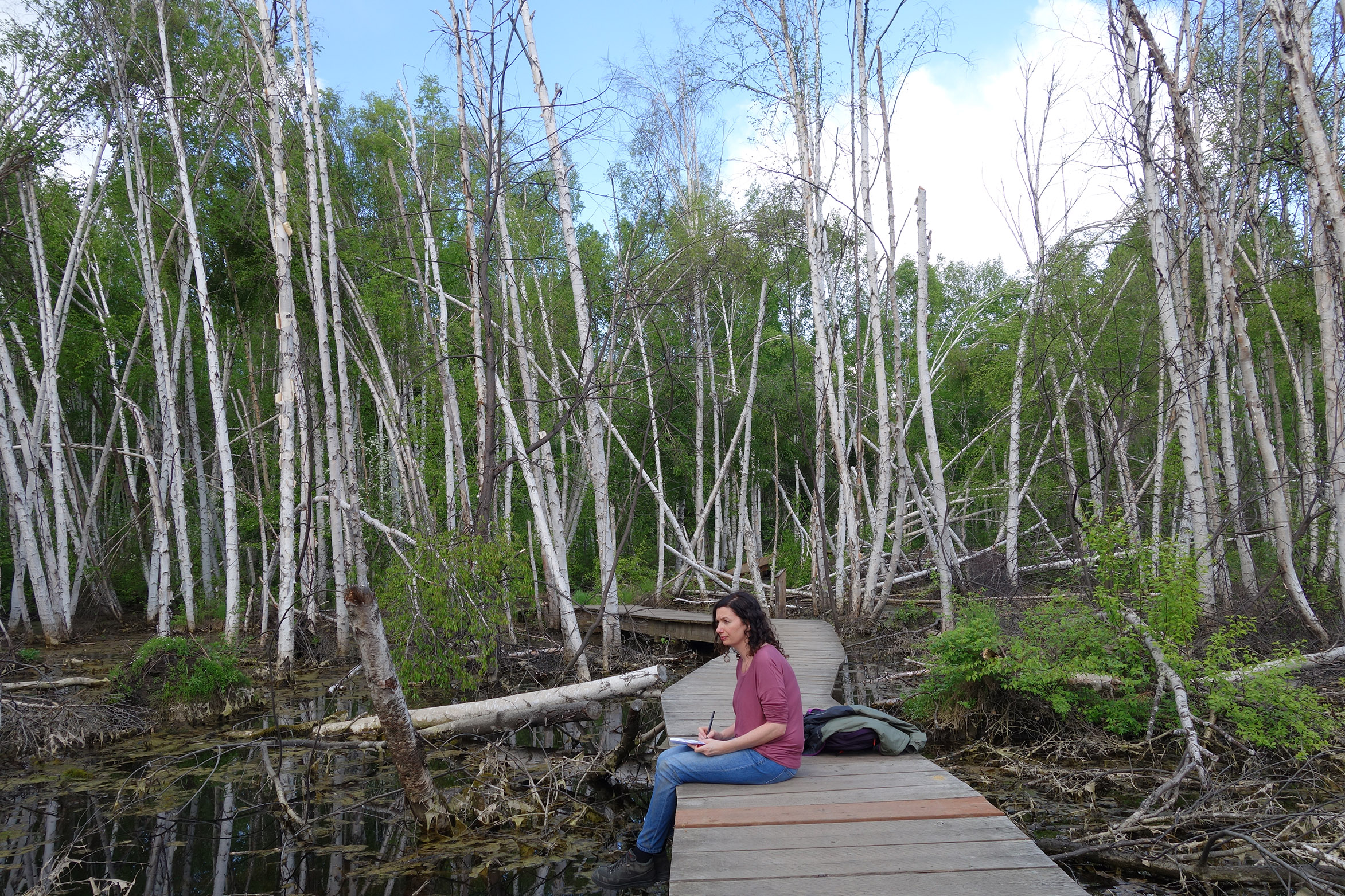
Now I am going to think of what to ask my North Woods trees! Are you thirsty in this drought? Are the birds coming back to your branches earlier? Do you miss the deep snow? I would also ask an old growth tree about its youth. What was the earth like 200 years ago? Was it cooler? Was it wetter? Was it drier? Were there more or less critters around? And I can test their memory by looking at their tree rings, their secrets are buried in their carbon and nutrients in their wood.
— Lindsey Rustad, Forest Ecologist. Durham
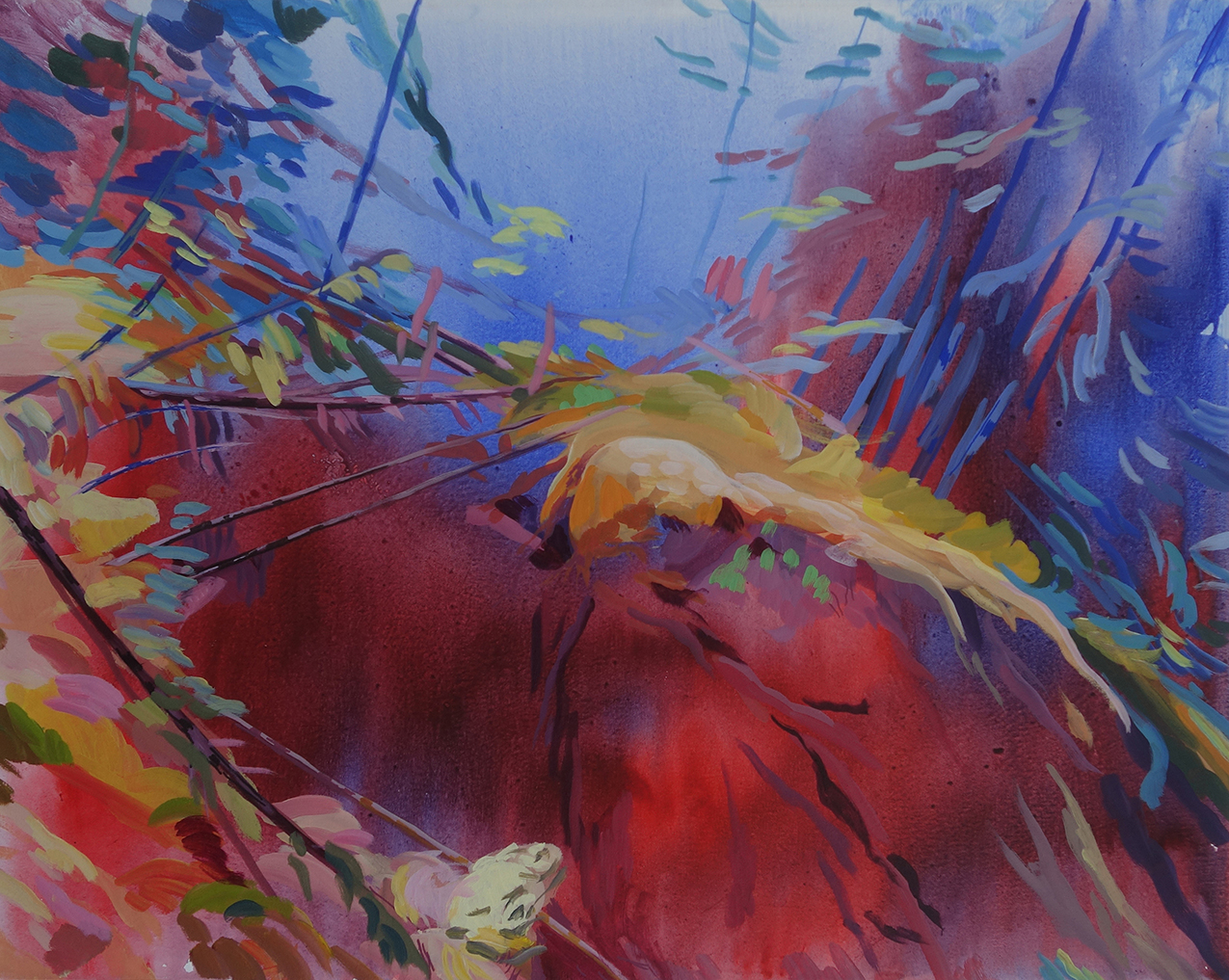
Nikki Lindt’s work evokes the presence of trees and the ecosystems they’re embedded in, through the sounds they make, sounds that we usually miss in the ever-present noise of our daily lives. Nikki’s focus on discovering and recording the sounds of nature and in particular trees in different settings resonates. As a research ecologist who has spent a large part of my career thinking about tree health, focusing on how to detect early signs of stress in trees I have often wished that I could just ask the tree how it’s doing. Nikki’s recordings are fascinating, entertaining, and beautiful. In some cases, we can guess what the sounds are and in others I’m left wondering what they mean? As I’ve worked with Nikki, I see that her art follows a very similar exploratory and knowledge seeking process to the science so many of us are engaged in, as we seek to understand and connect with the environment to create meaning and new knowledge.
— Rich Hallett, Forest Ecologist. Durham
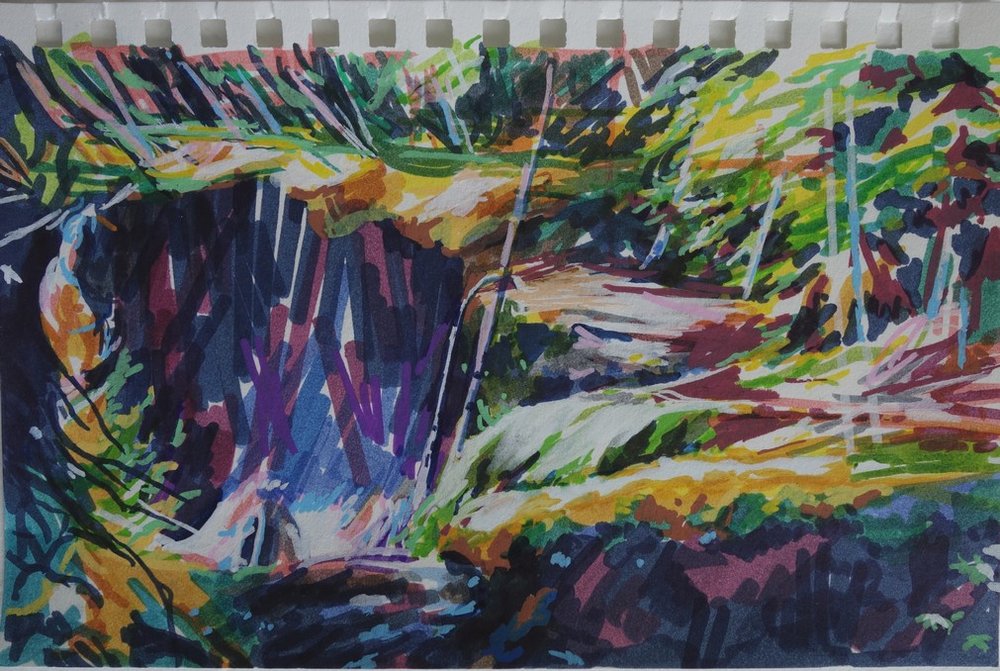
This makes me think about the dilemma or tension that we encounter (and MUST encounter) in urban forestry… that there are LOTS of invasive plants and trees, and sometimes those can be detrimental for overall ecosystem health and biodiversity. How do we reconcile a growing notion of ‘personhood’ or sentience of trees with the idea that we also need to prepare ourselves and others that ‘all green is not good’ when we’re talking about overall ecosystem health and sometimes trees NEED to be removed!
— Sarah Hines, Science Communicator, Baltimore
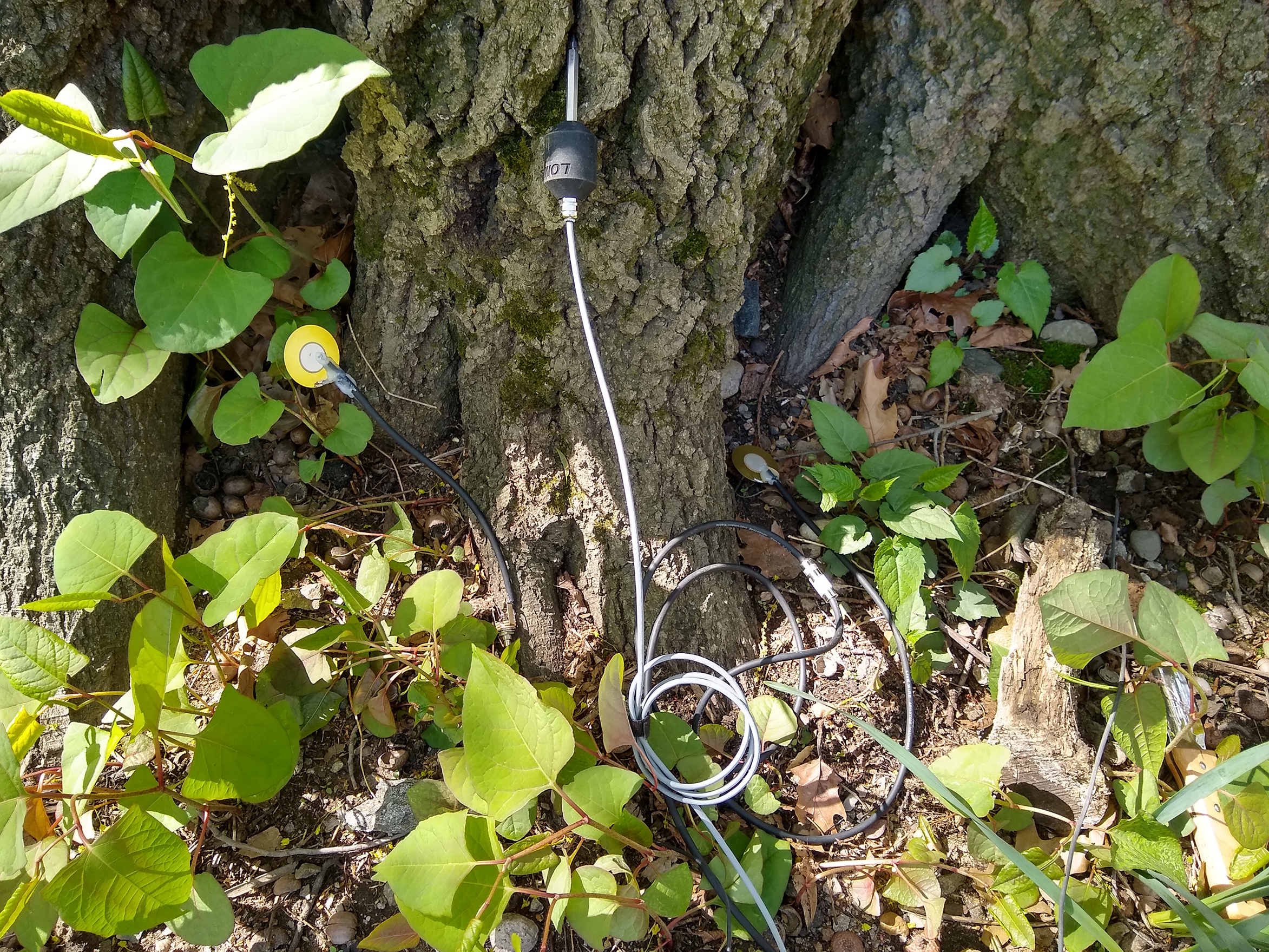
Trees most definitely communicate with us. This past Christmas I went out to collect pine to put on my mantle. I had recently read that before taking from a plant you should ask permission so I did. And I was delighted and shocked to have an answer in the form of a thought that said “please take what’s on the ground first before cutting.” It hadn’t even occurred to me to look on the ground and sure enough I had enough on the ground!
— Erica Avellone, Waterloo, Illinois
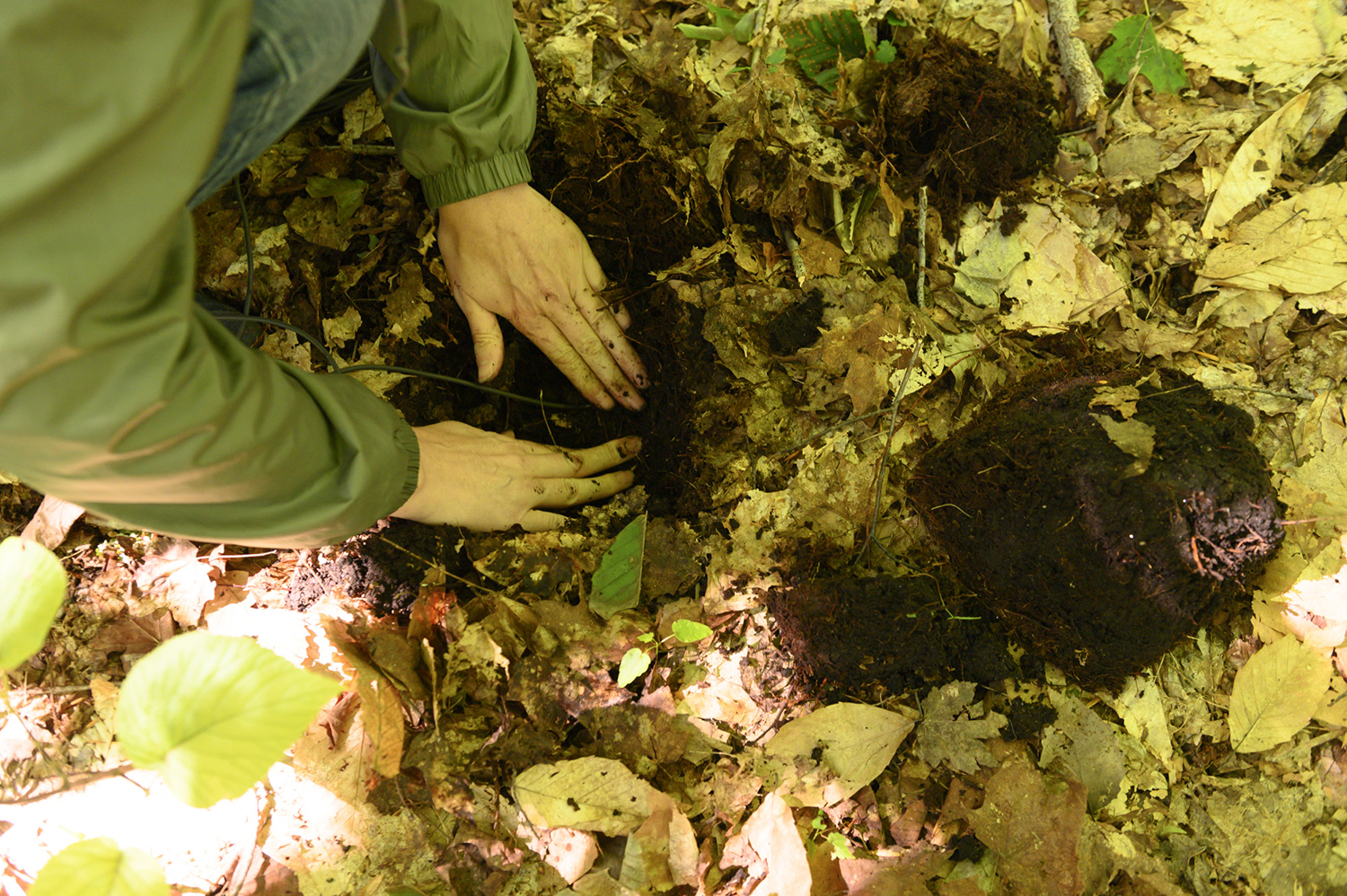
I am a biologist and a Forest Therapy Guide. I have experience myself a deep communication with the forest and nature around me… and during the sessions I have witness many time how trees truly communicate with participants and how easy it is for them to see their own reflection on a tree, and learn or heal from that connection. No words; no language needed.
— Paola Silva
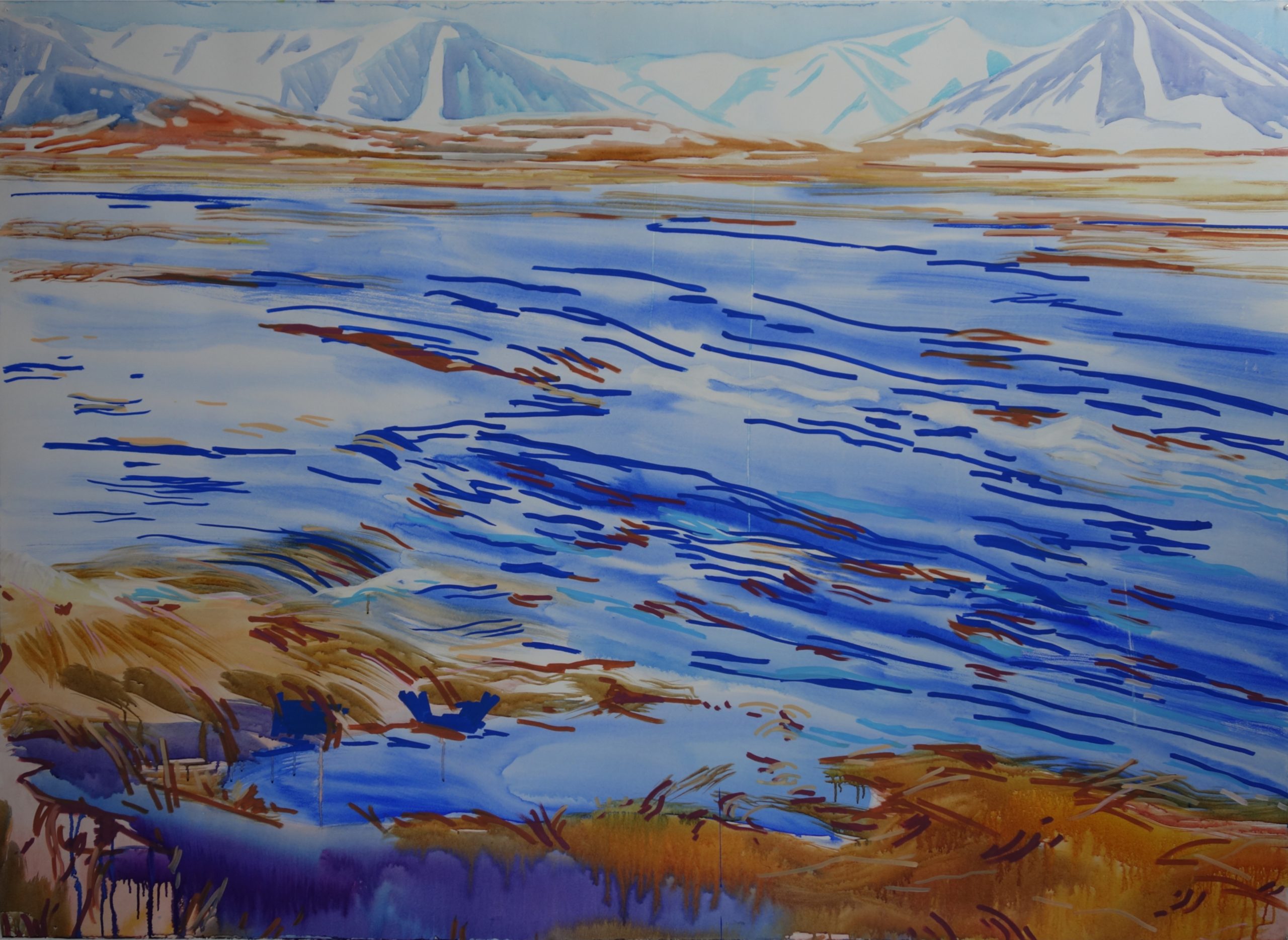
Back when I was soil ecologist studying climate change models, underground soil processes were often thought of as a "black box" -- we had some ideas on what goes in and what comes out from the box, but because we didn’t fully understand the inner workings and underlying mechanisms, our knowledge of how climate change was going to affect soil nutrients and plant health was incomplete. As a scientist, I’m drawn to things that are unknown because that's where there's space to explore and expand our knowledge of the world. I like that, as an artist, Nikki is doing a similar thing by exploring spaces underground and expanding our knowledge of what our natural world can sound like. Through working with her, listening to the sounds she’s recorded, I’m continually reminded that these sounds come from living beings. They move. They absorb water and nutrients. They’re alive. As someone who works for NYC Parks, a land and natural resources management agency, it’s gratifying to see these spaces and species that I’ve worked with represented not only as objects but also as subjects. My division focuses on natural areas -- forests, grasslands, and wetlands -- and part of my work involves finding balance between the many different ways to program and interact with these areas. Through my work, I’ve often seen these areas labeled as “undeveloped” or “vacant,” and my hope is that through Nikki’s work and other works like hers, more people will see these areas as living entities that contain their own unique stories and histories, are worth getting to know and perhaps have a conversation with, and have people who care for them.
— Novem Auyeung, Senior Scientist at NYC Parks, New York
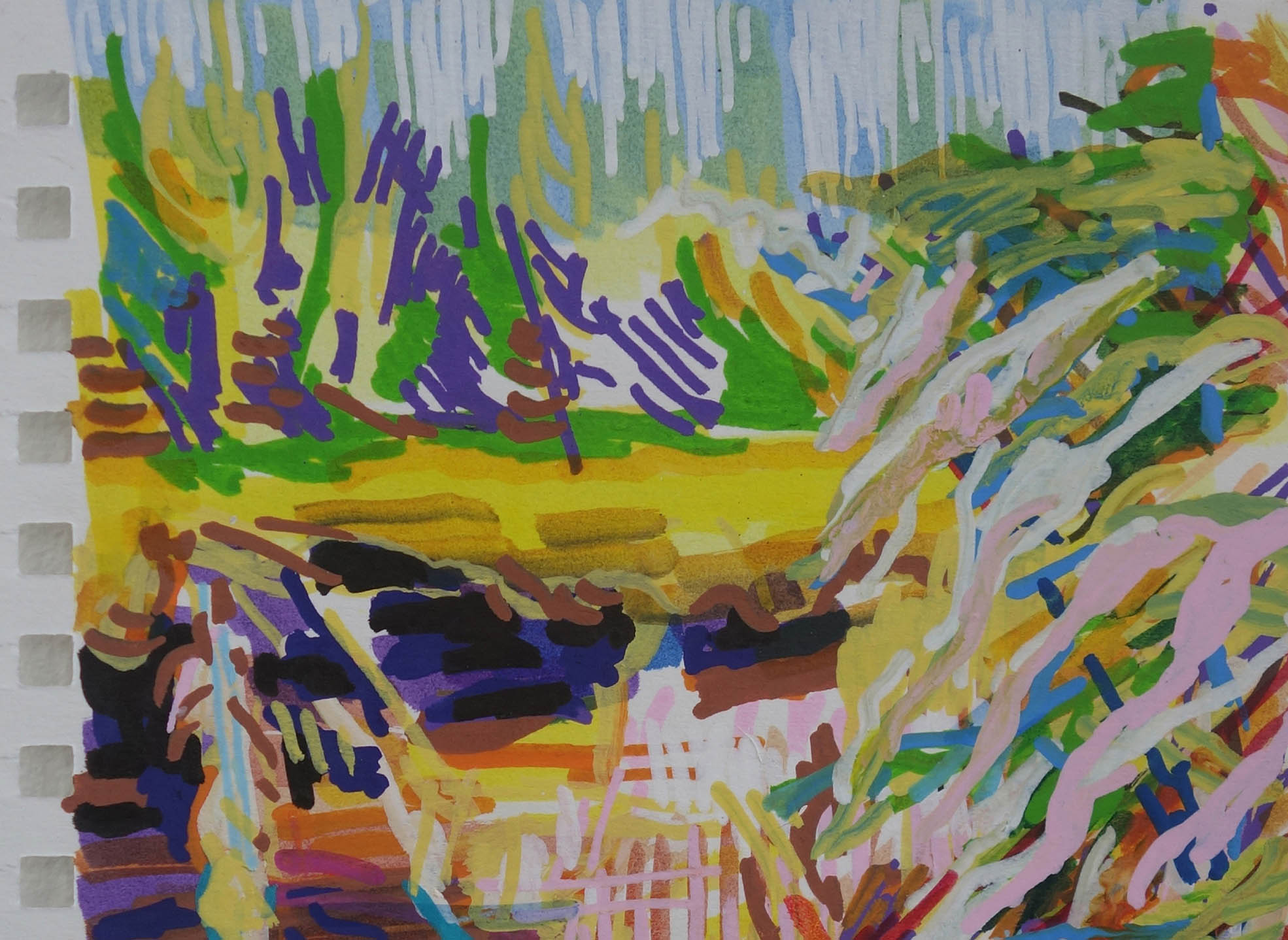
How do we know when the idea of ‘tree’ in our head has been energized or reshaped by a tree before us? Does it require a commitment to experience a tree over hours, a day, a season or perhaps we need years to ‘see’ a tree? Is it the comparison between this tree, and all others in our daily life, or does it require a knowledge of this species and it aboreal community? Perhaps the older we are, the better we are at making these judgments? Or are some of us more aware of these things? Can you help teach that awareness? Is it the trunk, the splay of the branches, the lay of the roots or the green leafy upper-story that provides us with essential aesthetic clues? Ultimately these are questions of intrinsic value, how can we be sure this tree is valuable unto itself? Or is this the state of all trees?
— Tim Collins
If you could ask a tree a question, confident of a response, what would you ask?
We ask several dozen people the question above.
Roll over the images to reveal the questions.
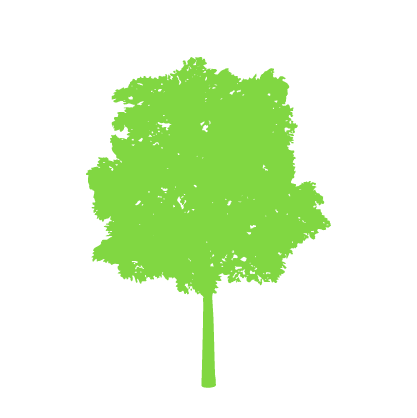
Hi, how are you?
— Novem Auyeung
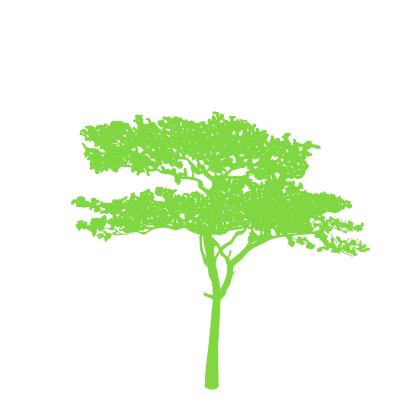
Are you ever bored?
— Colin Walker
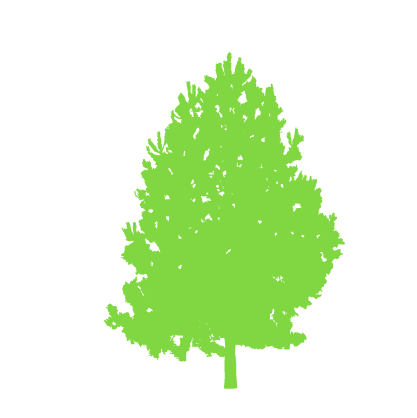
Can you feel the flow in your xylem and phloem and your stomata opening and closing?
— Meredith Dobbie
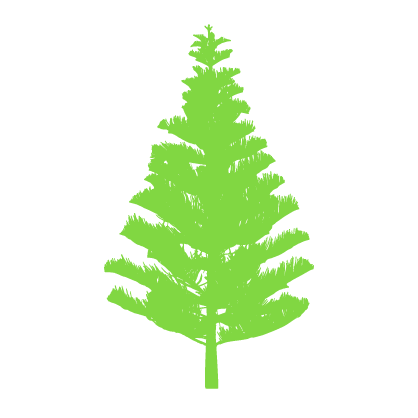
How do you feel about the status of the Earth? What recommendations can you give us humans how we can create a flourishing and happy life for nonhuman and human nature?
— Martina Artmann

How can we best care for and support each other?
— Lindsay Campbell
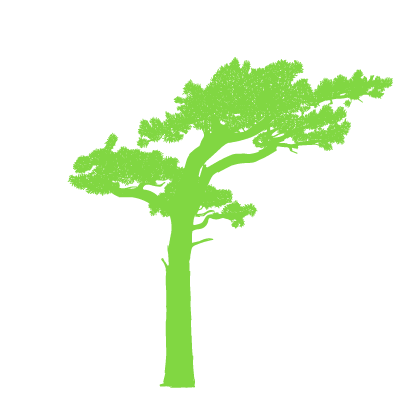
Do you find your relationship with the wind, well, a little unstable these days?
— Timon McPhearson
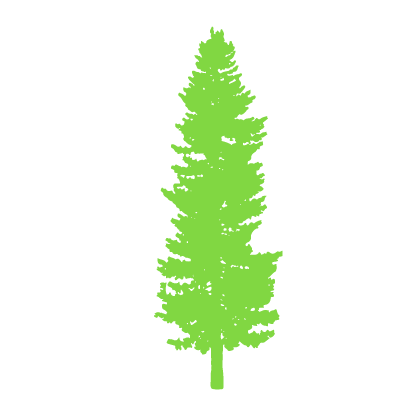
How is your social life these days, what conversations are you holding with your underground world (roots and fungi)? Which spots in this city make your friends feel loved, happy? Which ones make them sad? When will you tell us the “other” story?
— Maria Mejia
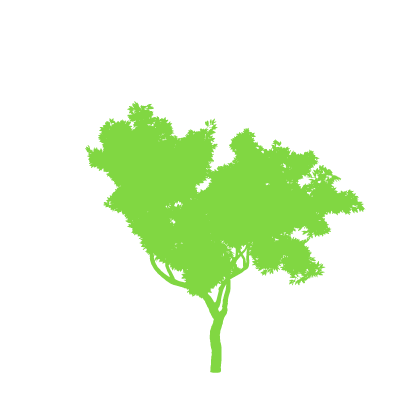
Where do you get your force from to stand up?
— Emilio Fantin
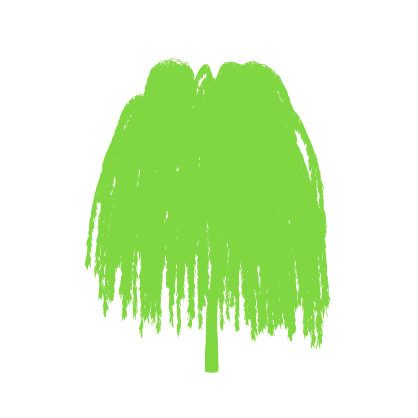
What are you sensing right now?
— Carmen Bouyer
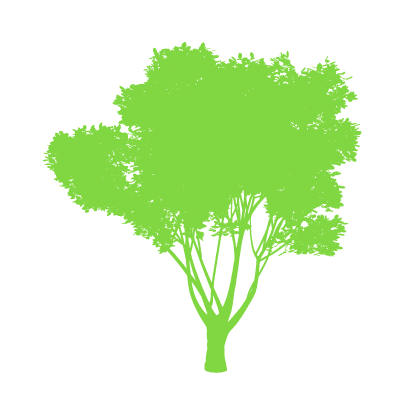
What was the worst thing that ever happened to you, and how many years ago did it take place?
— Benjamin Swett

What can I do to make your life last?
— Andreas Weber
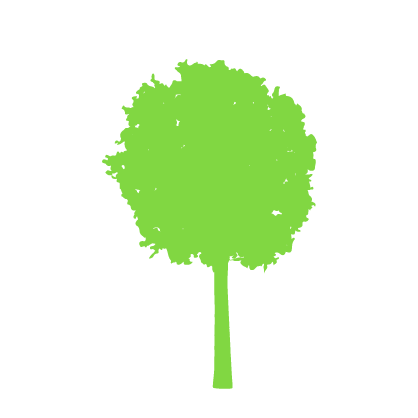
Hi tree, I can see you’ve lived through a great deal of ups and downs and through hundreds of years. Your memories and wisdom are so important to me and to my people. Our health is in your branches. How can I help you and your kin to live longer, stronger and healthier lives and so help ourselves?
— Michael Tanner

What are your most memorable moments through your lifetime – overheard conversations and landscape changes surrounding you?
— Adrina Bardekjian

What can we really do to help you? What is truly beneficial? Water, mulch, fertilizer… Who’s your favorite person?
— Paul Johnson
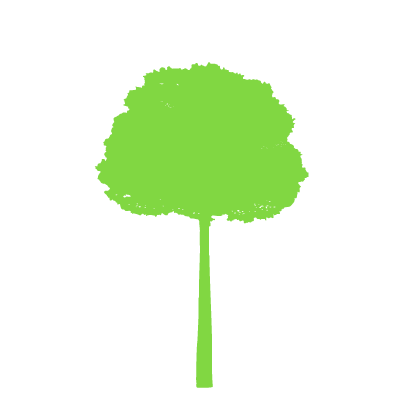
I would ask a Baobab tree: What is the greatest change you have seen in your long life, what things have changed and what has stayed the same?
— Aseem Kever
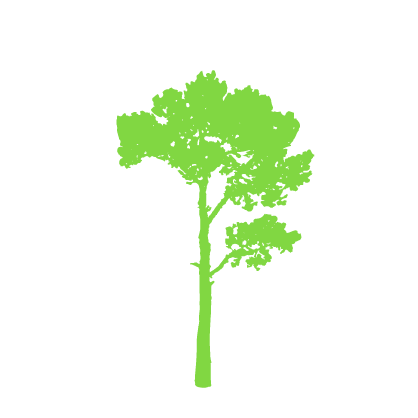
How were you born? Were you planted by a person? Did you grow from a wind-blown seed? Are you a memorial tree? What intentions accompanied your birth? What memories do you carry?
— Lindsay Campbell
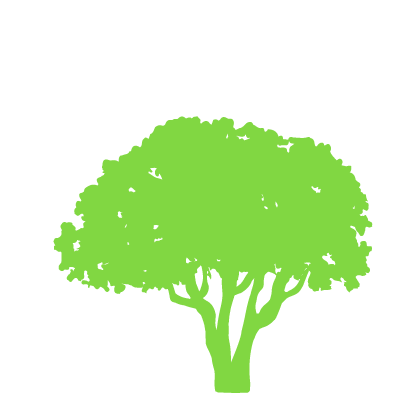
Have we asked too much of you? Or not enough? How do trees experience time? What I would love to know (but probably would not ask) is if trees — like humans — understand “good and evil”. What are its values and ethics? Are we ascribing a certain value framework on trees?
— Liza Paqueo
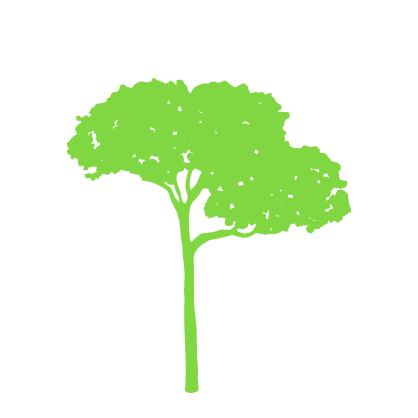
For “street trees”: do you miss your family?
— Daisey Morgan

Are you a happy tree?
— Raquel Pinto
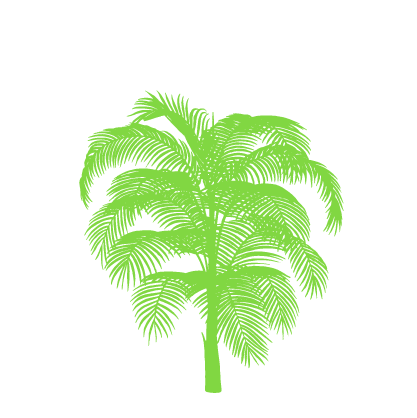
I’d ask a tree how it got “here.”
— Jeanne Dunn
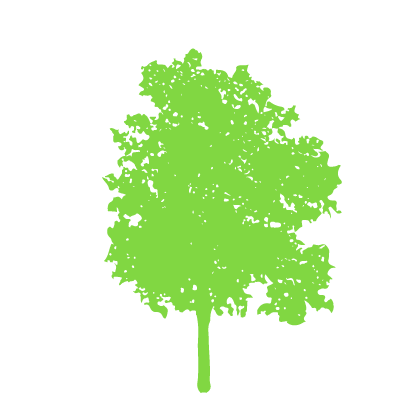
If I were to speak for you, what would you want me to say?
— Kirsi Jansa

What do you think about humans?
— Md. Shahid
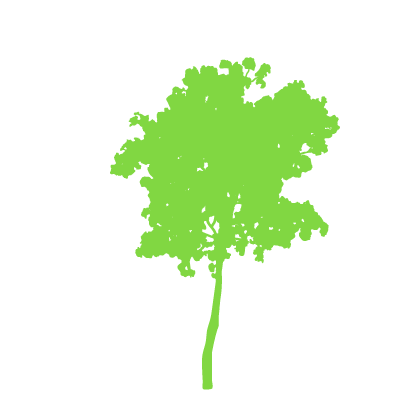
What does it sound like when the cicadas are emerging?
— Richard Hallett
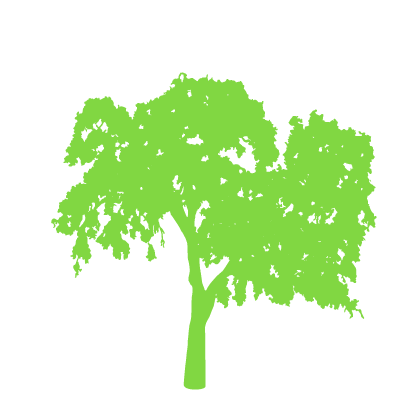
And what would a group of trees say? A forest? Do they experience things differently in the same place?
— Erika Svendsen
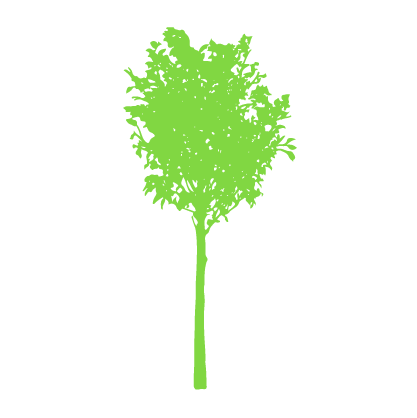
Do trees communicate among themselves and how? Any idea, please? Ask a tree: What is needed from Forest Ranger?
— Md. Shams Uddin

Ahuehuete tree, how you arrived or who took you to another place far from México?
— Florencia De Los Santos
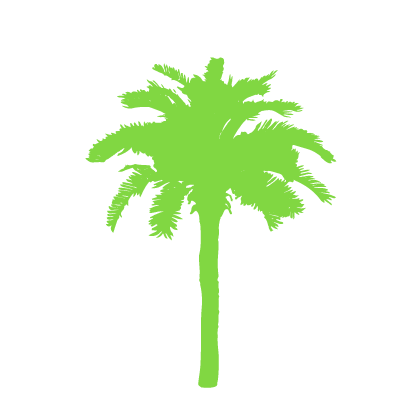
What is your language? I want them to ask us to speak and learn their language. My mother used to literally talk to all the plants in her garden. And I completely believe that I could see the bearded irises turn their heads to her, and the branches of the dogwood bowed a little to listen to her…I now talk to everything in my garden … even the cicadas.
— Liza Paqueo

What nature do you collaborate with? Do the birds, bugs, etc, who cohabitate with you need more of you in these city areas? Do you prefer to be grown together or are there benefits to be planted alone?
— Erica Avellone

Do you feel things that humans do not? I’d ask a forest: Can you “see” what’s coming our way? Is all of our work actually making a difference, or would you rather humans just leave you alone?
— Jacey Tosh
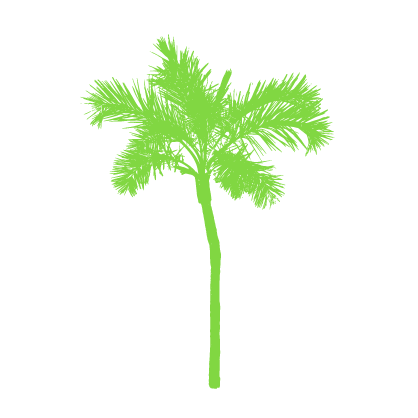
What’s your favorite pastime?
— Sahil Chhabra
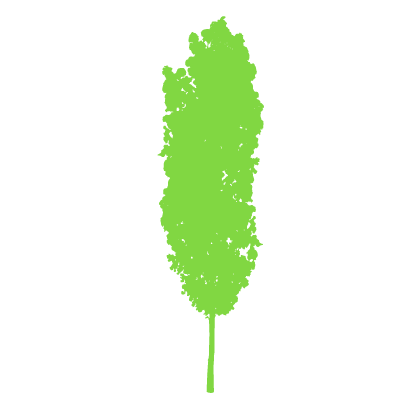
If you are the last ash, what will emerald beetles eat?
— David Haley
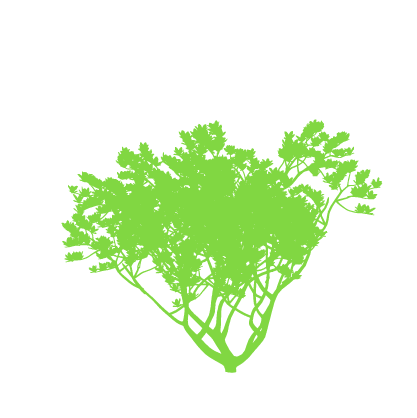
Do you think this is the moment for all us introverts in the world to consider how important that way of living is, ‘introversion,” to being a “tree listener”, one who absorbs quietly all that goes on around us?
— Jeanne Dunn
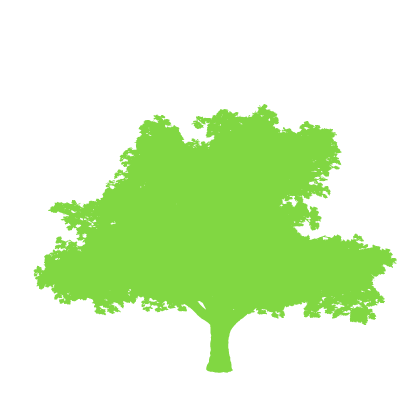
A tree once asked me for a hug, it was not my imagination it was imagínal.
— Raquel Pinto

Trees most definitely communicate with us. This past Christmas I went out to collect pine to put on my mantle. I had recently read that before taking from a plant yoy should ask permission so I did. And I was delighted and shocked to have an answer in the form of a thought that said “please take what’s on the ground first before cutting” It hadn’t even occurred to me to look on the ground and sure enough I had enough on the ground!
— Erica Avellone

Who do you love the most, and why? Will you write your memoirs one day … and can we read them?
— Harini Nagendra

Dear Tree, what should we do, in your opinion?
— Christine Thuring

Hi, who are you?
— David Maddox
Exhibition Credits
This exhibition was organized by NYC Urban Field Station, and adapted as virtual exhibition by the Forum for Radical Imagination on Environmental Cultures (FRIEC) at The Nature of Cities.
VIRTUAL ADAPTATION
Forum for Radical Imagination on Environmental Cultures
at The Nature of Cities
—
production for this exhibition:
David Maddox, TNOC director
Karen Tsugawa, web developer
Joe Klementovich, photography
Liza Paqueo, USDA Forest Service International Programs
support:
Patrick M. Lydon, arts editor
credit for tree graphics:
rawpixel | macrovector
TNOC exhibit series curators:
Patrick M. Lydon, Daejeon
Carmen Bouyer, Paris

